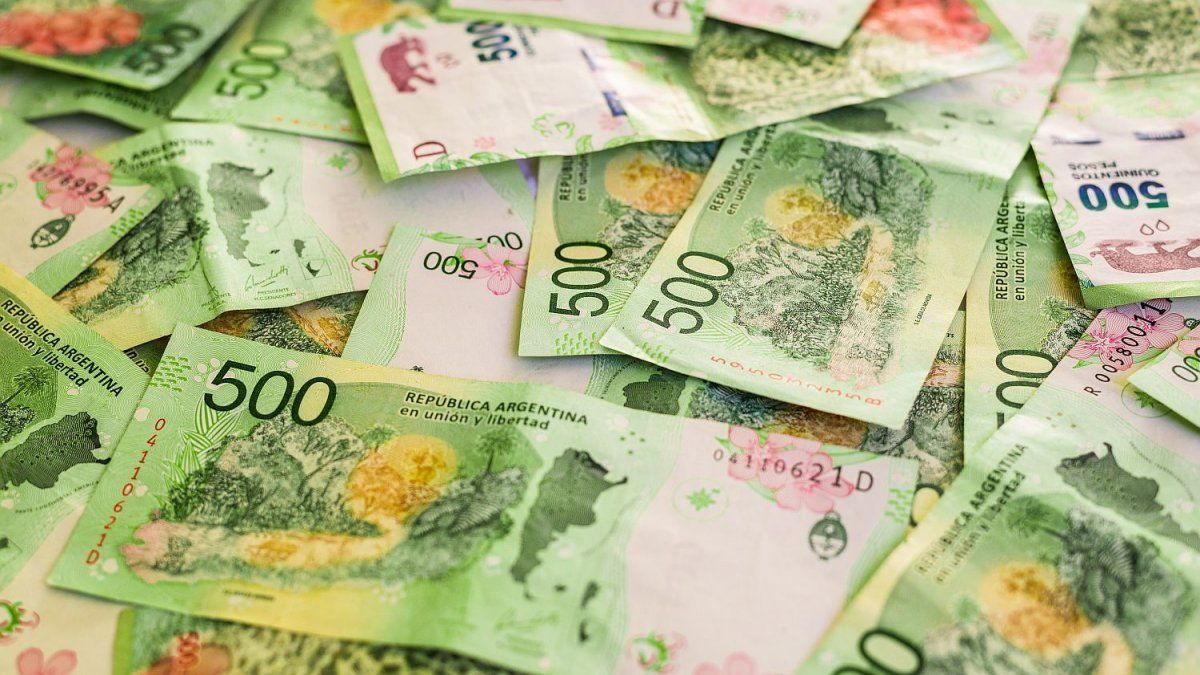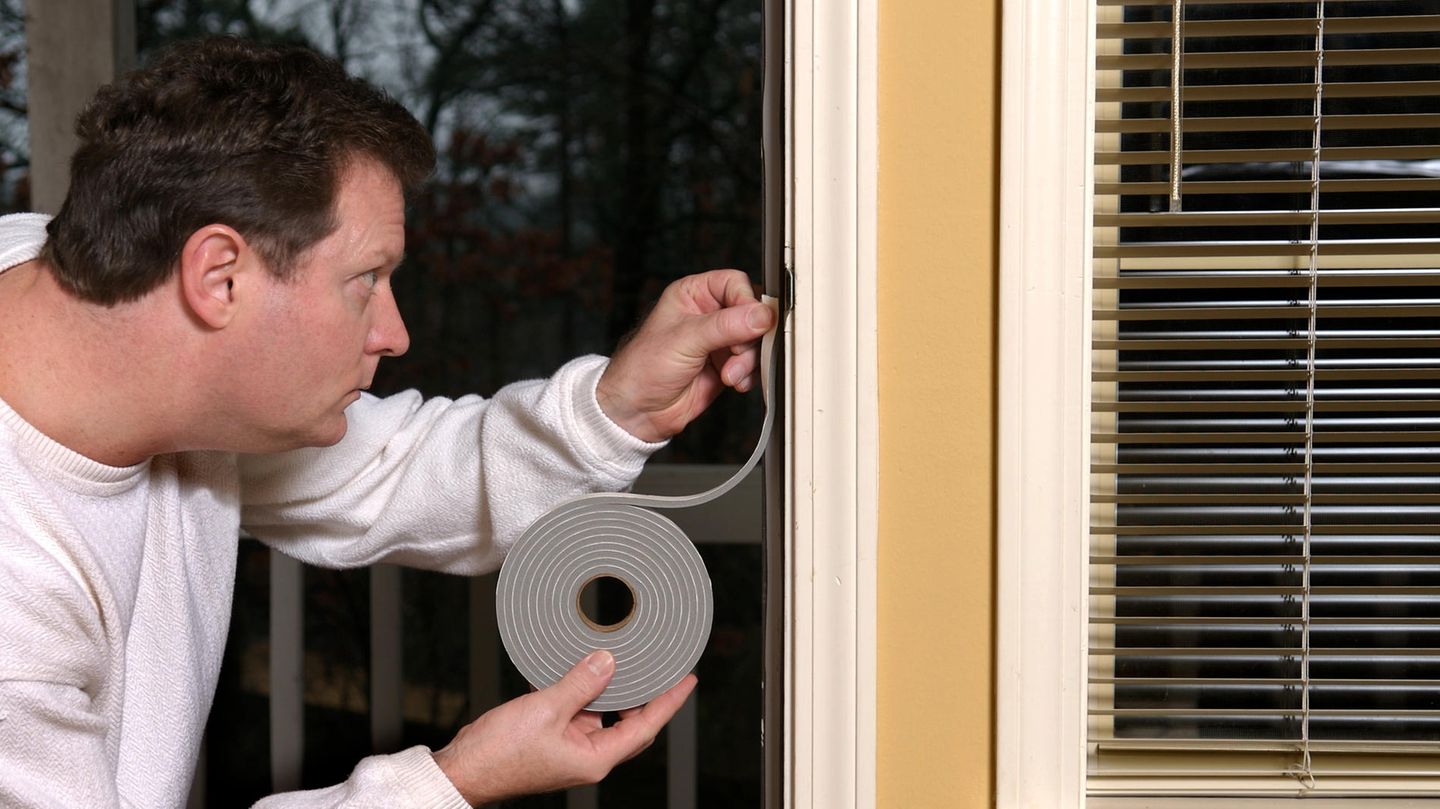The BCRA relaxed the protocol for returning bills of up to $500 in poor condition to alleviate the congestion in bank vaults.
In order to simplify the process of returning damaged banknotes that applies to banks, The BCRA ordered that They will be able to send papers worth up to $500 that are in poor condition without perforating. The same had been implemented several months ago for those up to $200 (Communication “A” 8095). Now, extend that margin to the next highest denomination bill in existence today, which is worth $300 more.
The content you want to access is exclusive to subscribers.
This is how he established it through Communication “A” 8127which resolved that “it has arranged the reception of deposits of deteriorated, unperforated banknotes in the state that were withdrawn from circulation up to the denomination of $500 (five hundred pesos) inclusive, in the places enabled for that purpose.”


In this way, it updated the “Management of cash” regulations that are part of the text ordered on Monetary Circulation and the exception covers those of $10, those of $20, those of $50, those of $100, those of $200, and, from now on, those of $500. It is worth remembering that, in August of this year, it had also already arranged the revocation of the operation of declaration of surpluses of damaged banknotes in the Interbank Banknote Clearingstarting September 9 of this year.
A nod to the BCRA banks
In this way, the BCRA seeks to simplify the procedures for returning monetary papers in poor condition to banks. The thing is, as close to Scope a voice close to the BCRAin general, banknotes that go out of circulation are perforated before being sent to the regulatorbut Banks have vaults full of paper money and much of it is destined to be withdrawn from circulation. This applies, above all, to those of smaller denominations, which have been on the market for a long time and, therefore, deteriorate more. “We managed to collect 100 million $100 bills and we couldn’t punch them,” they say in one entity.
The big problem that the banks had is that punching machines hold a limited amount of bills and they need personnel to operate them, which means a great demand for time and human resources to punch out millions of papers that are no longer fit for circulation. That is why what this rule does is allow them to send them without the need for that prior step.
“One of the objectives of the measure, surely, is to lower the operating costs for banksthat they will not have to accumulate damaged banknotes, but will send them directly to the BCRA,” a market source points out to this medium. And he risks that this may be due to the start-up of a new destruction plant, given that the Central had one under construction.
Source: Ambito
I am a 24-year-old writer and journalist who has been working in the news industry for the past two years. I write primarily about market news, so if you’re looking for insights into what’s going on in the stock market or economic indicators, you’ve come to the right place. I also dabble in writing articles on lifestyle trends and pop culture news.




